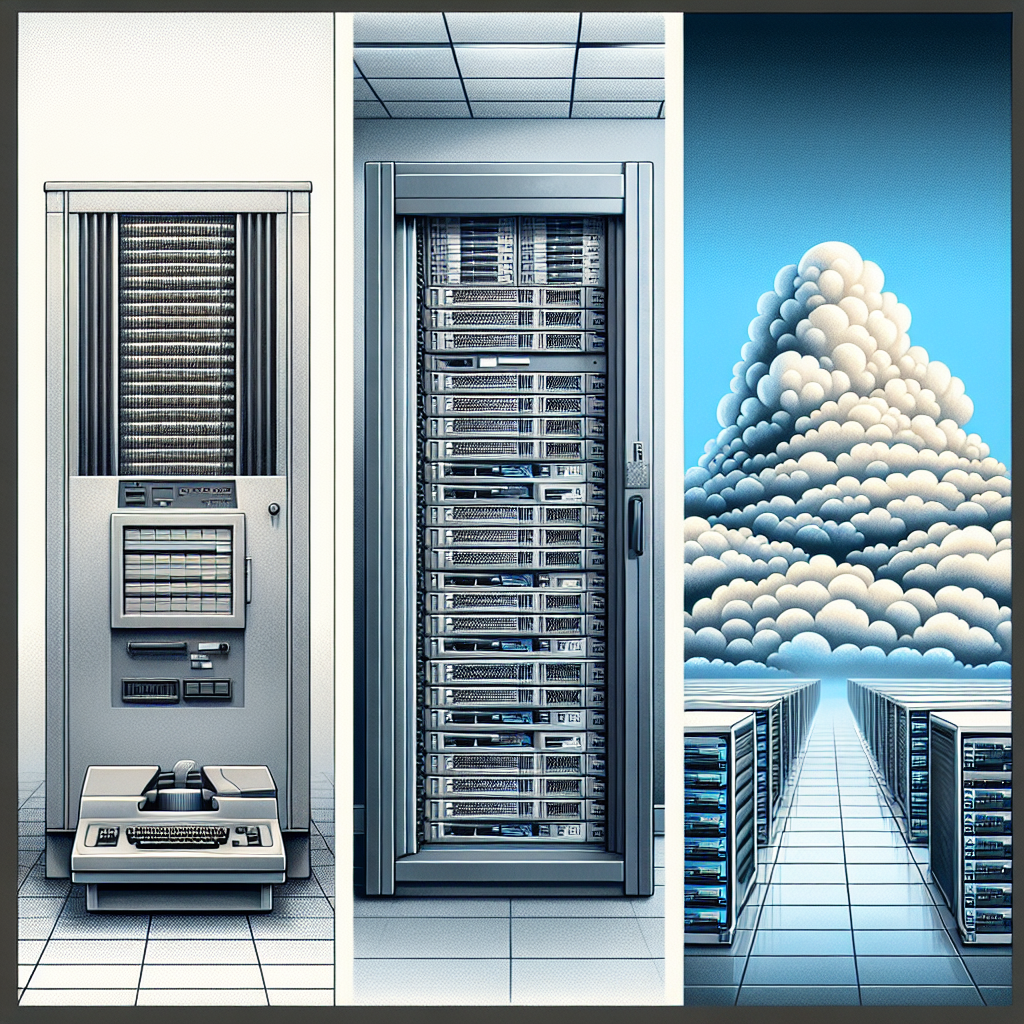Exploring the Evolution of Data Centers: From Mainframes to Cloud Computing
Data centers have come a long way since their inception in the 1960s with the introduction of mainframe computers. These large, room-sized machines were the backbone of early computing, handling all the data processing and storage needs of businesses and organizations. However, as technology advanced and the demand for more efficient and scalable computing solutions grew, data centers evolved to keep up with the changing times.
One of the major developments in data center evolution was the shift from mainframes to client-server architecture in the 1980s. This decentralized approach allowed for greater flexibility and scalability, as well as improved reliability and performance. With the rise of the internet and the proliferation of personal computers, data centers became more distributed and interconnected, leading to the emergence of colocation facilities and hosting providers.
The next major milestone in data center evolution was the advent of virtualization technology in the early 2000s. This allowed for the consolidation of multiple servers onto a single physical machine, leading to increased efficiency, cost savings, and easier management of resources. Virtualization also paved the way for cloud computing, a paradigm shift that revolutionized the way data centers were designed and operated.
Cloud computing allows for on-demand access to a shared pool of resources, such as storage, processing power, and applications, over the internet. This model has democratized access to computing resources, making it easier for businesses of all sizes to leverage the power of data centers without investing in expensive hardware and infrastructure. Cloud computing has also led to the rise of hyperscale data centers, massive facilities that can support the needs of global internet giants like Amazon, Google, and Microsoft.
With the increasing demand for data storage and processing power driven by trends like big data, artificial intelligence, and the Internet of Things, data centers continue to evolve to meet the needs of the digital age. Technologies like edge computing, which brings processing power closer to the source of data, and renewable energy solutions, which aim to reduce the environmental impact of data centers, are shaping the future of this vital industry.
In conclusion, the evolution of data centers from mainframes to cloud computing has been a testament to the ingenuity and innovation of the technology industry. As we continue to push the boundaries of what is possible with data and computing, data centers will play a crucial role in enabling the digital transformation of businesses and society as a whole. It will be fascinating to see how data centers continue to evolve in the years to come.


